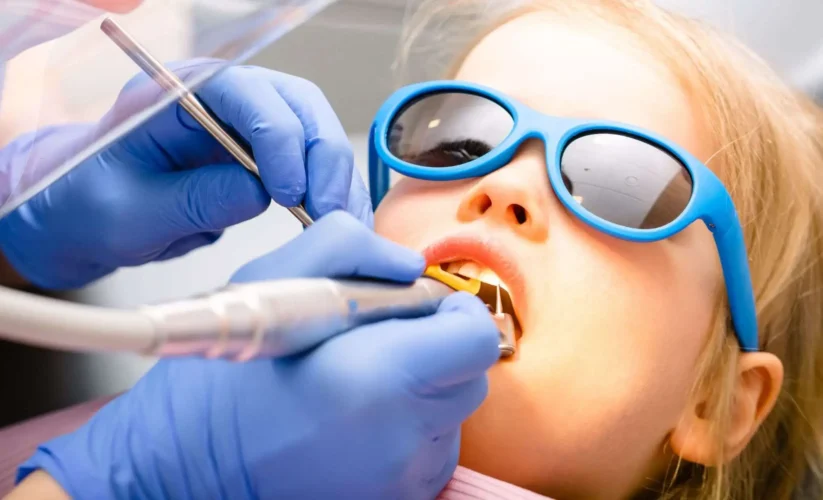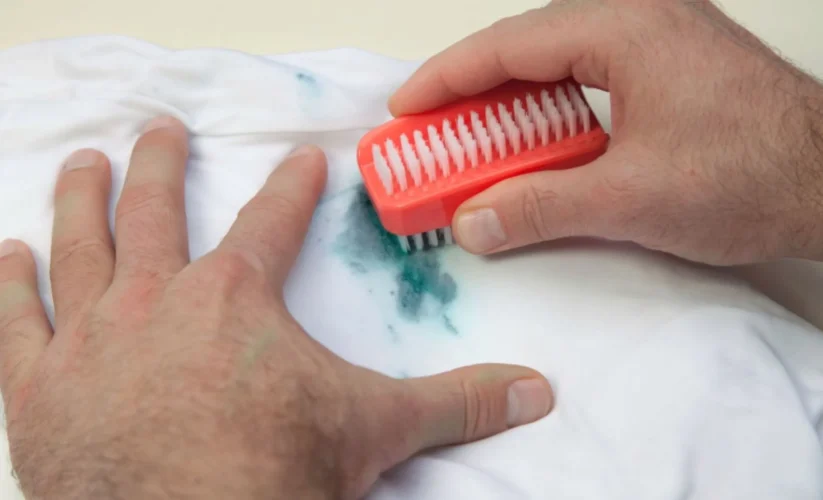
How Much Does it Cost to Fill a Cavity?
How Much Does a Cavity Filling Cost? The price for filling a cavity is not fixed, it depends on the kind of material used in the filling, how serious your cavity is, where you are located and if you have dental insurance. In general terms, fillings typically cost between $150 to $1100 per tooth. Having insurance might reduce this expense somewhat more. Asking your dentist will give the best estimate but these factors can help you plan financially for this dental process.
Exploring Your Options
Before we read about how much does a cavity filling cost, first we should take a look at your options. The filling material you select is a personal choice. Composite fillings that match your tooth color are most liked by people, but they might cost more.
The silver amalgam fillings, even though they have a dark shade, are considered the cheapest and toughest type of filling available. Gold fillings are the priciest option, but they are very strong and nice to look at.
The Impact of Cavity Severity
How Much Does a Cavity Filling Cost is based on its size and how deep it goes. A small cavity needs less material and less time from the dentist, making it cheaper overall. If your cavity is deeper, it might be closer to the nerve inside the tooth. This could mean more steps are needed such as numbing before filling in order to keep you comfortable during treatment. This extra work increases the overall cost and complexity of the treatment.
Geographic Cost Variations
When we look at the answer of “How Much Does it Cost to Fill a Cavity” we should know that it can change depending on where you live.
Normally, if the area has a higher living cost then dental fees may also be more costly. This could stem from factors such as rent for the dental practice or dentist salaries. The difference may not be a lot, but you could discover cavity fillings to be somewhat pricier in busy cities than rural places.
How Dental Coverage Can Help
If we talk about How Much Does a Cavity Filling Cost, insurance can play a big role. For cavity fillings, dental insurance can be a game-changer. Usually, plans will pay for part of the cost involved with this procedure and you will only need to pay a small percentage out-of-pocket.
But there are some terms that we need to know about. Copay, this is a set amount that you need to pay at the time of filling, no matter the total cost. Deductibles are yearly minimums of out-of-pocket expenses which must be met by you before your insurance becomes active. After reaching the deductible limit, your insurance will take care of a portion from what remains in price.
A Price Range for Every Filling
Composite fillings: How Much Does a Cavity Filling Cost? It depends on filling type.These tooth-colored options are quite popular and can cost you anywhere between $100 to $400 per tooth if you don’t have insurance. If you do have insurance coverage, then it’s possible for there to be just a copay which is usually around 20 dollars up until 50 dollars.
Silver amalgam fillings: These are the least costly option. A silver amalgam filling can cost $100 to $300 per tooth if you do not have dental insurance. If you do have it, the copay might be similar to that of composites.
Gold fillings: These are the most costly type, but they last for a long time. Without insurance, you can anticipate paying between $300 and $1000 per tooth. Insurance coverage could be limited for gold fillings, so be prepared to pay more from your own wallet.
Additional Costs to Consider
There are also things to consider other than “How Much Does a Cavity Filling Cost?”. The cavity filling’s base price may not be the total cost. Sometimes, more procedures are required like:
X-rays: These show a definite image of how deep the cavity is and the tooth structure around it, which is important for correct filling positioning.
Anesthesia: If the cavity is close to a nerve or you feel anxious, local anesthesia can be used for numbing the area to guarantee a comfortable process.
Sedation: Deeper cavities or dental fear can sometimes require sedation to achieve a more relaxed state.
Are There Cheaper Options?
Speaking of “How Much Does a Cavity Filling Cost”, if the cavity’s level is serious, there may be talk of less expensive options. A dental filling could be substituted with a dental crown (a cap that goes over the tooth), usually for very large cavities. Crowns normally cost more than fillings. Don’t forget, the dentist is offering these other choices because they match your unique situation. While they may appear to save money in the short-term, some could have disadvantages like less durability or affecting additional tooth structure.
If you still have doubts about “How Much Does it Cost to Fill a Cavity” you can read again. If you learn about what affects the cost, look into insurance possibilities and put focus on preventing new cavities from occurring, it can help to handle this dental process with more confidence.





